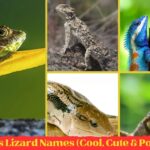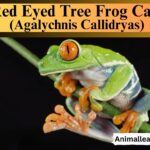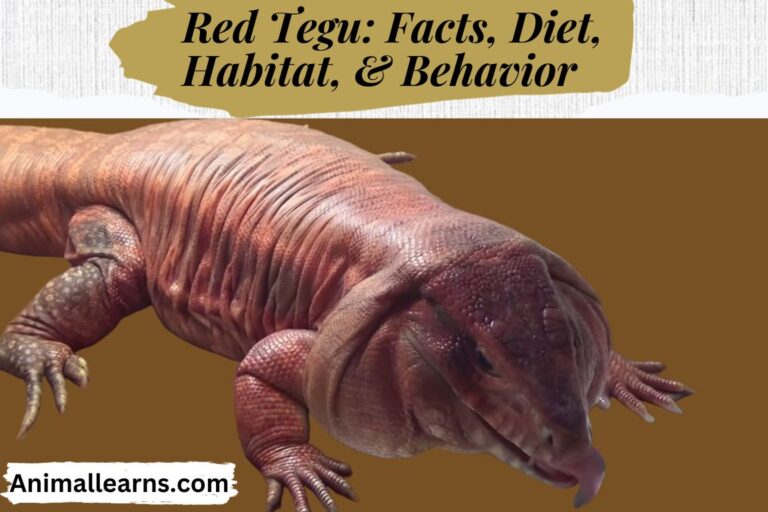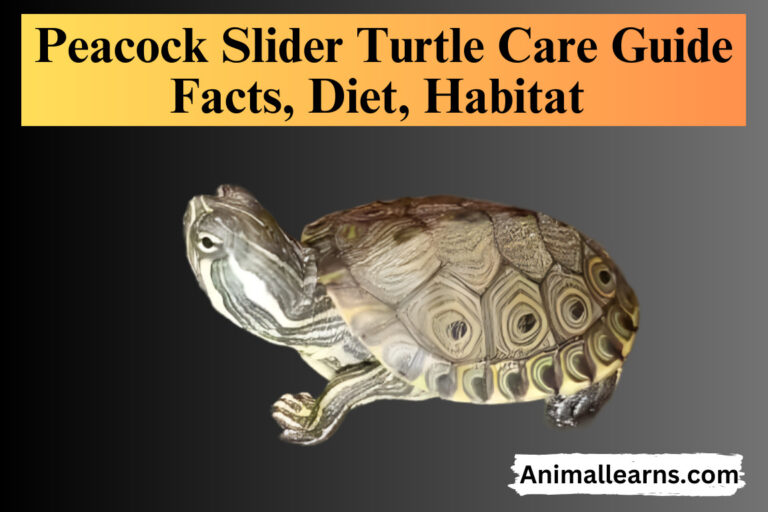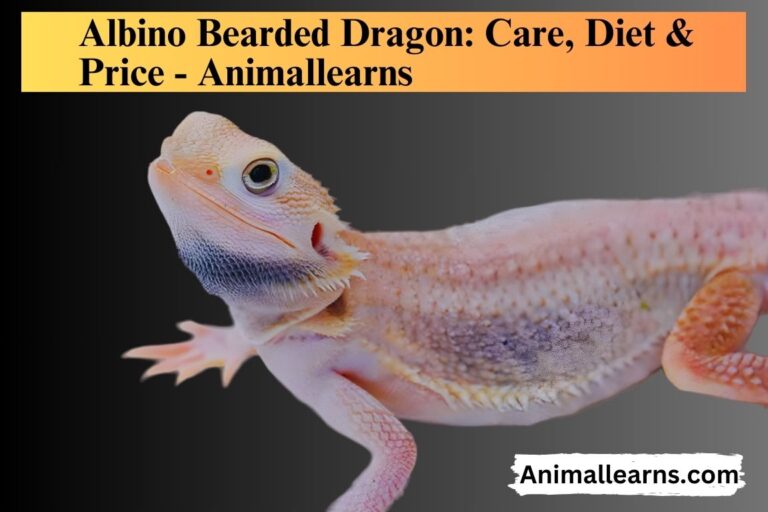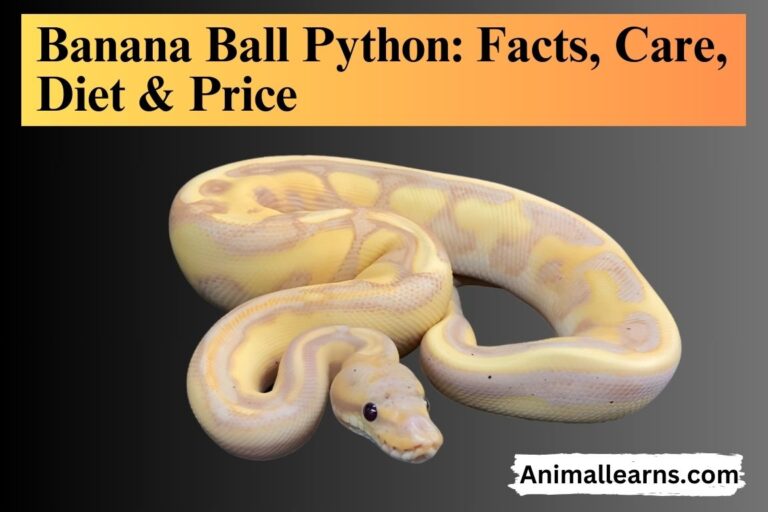Beautiful Australian Gecko | Habitat, Diet, Types – Animallearns
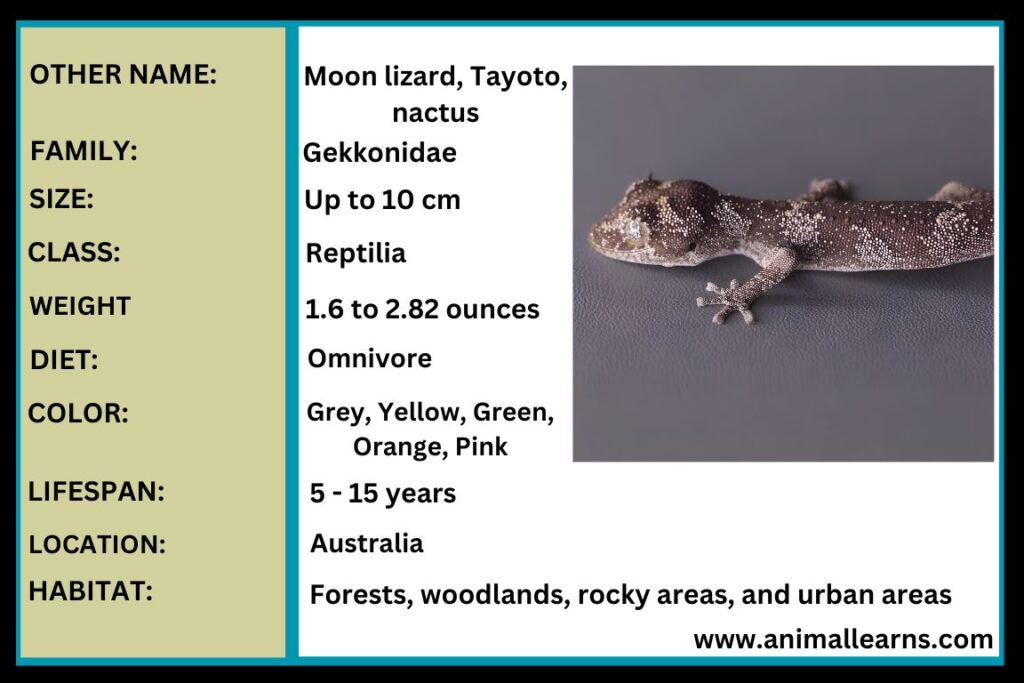
In Australia, the most common lizard is the Australian gecko. In Australia, geckos are so ubiquitous that they may be seen almost anywhere, whether one is a visitor or a resident. They may be found in houses, in forests, on beaches, in deserts, and even on mountains.
They are hidden behind kitchen sinks, logs, boulders, and tree bark. These tiny, stunning, and occasionally aggressive reptiles are undoubtedly among the most successful creatures on the planet. They are also quite interesting.
Australian Gecko Habitat
Contents
Australia is home to a wide range of environments for Australian geckos, including mountains rising to a height of 2707 feet. Australian deserts, woods (including dry and rainforest forests), shrublands, rocky areas, and coastal areas are examples of other ecosystems. In addition, they can be found in human habitations and on plantations.
Australian Gecko Diet
Although they like to eat other invertebrates like spiders and earthworms, geckos are primarily insectivores. Smaller lizards have been observed to be consumed by them, and occasionally a ravenous mother may consume her own eggs. Additionally, if fruit, honey, and nectar are available, they have been known to consume them.
Australian Gecko Behavior
The majority of geckos in Australia are nocturnal, meaning they are active at night. They repose in cracks and behind rocks on hot days, scrubbing bark, logs, and leaf debris. For reptiles, they have a large vocal repertoire that they utilize to protect their territory, entice potential mates, and fend off predators.
They thrive best in temperatures between 78 and 88 degrees Fahrenheit and require warmth. If the temperature drops below even 70 degrees, many people just pass away.
Australian Gecko Appearance

Australian geckos are easily distinguished from other geckos due to their typical look. The majority weigh between 1.6 and 2.82 ounces and range in length from 0.64 to 6. Compared to females, males are larger and heavier.
The gecko, like most lizards, has four fully grown, widely spread limbs. Each foot has five bulbous toes, and its tail is often lengthy and detachable. Unlike regular house geckos, Australian native geckos have toes without claws. Certain geckos store fat in their tails, such as the leaf-tailed geckos.
Unlike other lizards, the skin of the gecko is fragile and many of them lack scales. The gecko is distinguished by its skin, eyes, and toes. The enormous eyes of the gecko have vertical pupils, which are typical of nocturnal reptiles. Certain species, like the golden spiny-tailed gecko, have eyes that resemble jewels.
The animal can easily adhere to most surfaces because to the millions of structures called setae that fill the pads of its toes. This explains why Australian geckos are not treated as pets like leopard geckos are.
Geckos of this type are easy to maintain since they lack climbing-adapted feet, making it difficult for them to leave their cage. With the exception of members in the Carphodactylidae family, an Australian gecko could easily scale the wall and traverse the roof in addition to leaving its container.
Some Australia’s Geckos Types
Clawless Gecko (Crenadactylus ocellatus)
- Class: Reptilia
- Order: Squamata (Sauria)
- Family: Gekkonidae
- Genus: Crenadactylus
- Species: Ocellatus
The smallest species of nocturnal Gekkonidae (gecko) that may be found in Australia is called Crenadactylus ocellatus. The absence of terminal claws on the digits is their most noticeable characteristic. Since they are the only Gekkonidae species found in Australia without these, they are referred to as clawless geckos there.
Golden-tailed Gecko (Diplodactylus taenicauda)
- Class: Reptilia
- Order: Squamata (Sauria)
- Family: Gekkonidae
- Genus: Diplodactylus
- Species: taenicauda
From eastern Australia, the Golden-tailed Gecko is a tiny, grayish gecko. Its tail bears a recognizable orange marking. Strophurus taenicauda albiocularis, also known as the Northern Golden-tailed Gecko, Strophurus taenicauda taenicauda, and Strophurus taenicauda triaureus, also known as the Central Golden-tailed Gecko, are the three subspecies.
Wood Gecko (Diplodactylus vittatus)
- Class: Reptilia
- Order: Squamata (Sauria)
- Family: Gekkonidae
- Genus: Diplodactylus
- Species: Vittatus
A tiny, nocturnal gecko is the wood gecko. Its back and tail have a zigzag or notched stipe, giving it a brown or brownish-gray color.
Asian House Gecko (Hemidactylus frenatus)
- Class: Reptilia
- Order: Squamata (Sauria)
- Family: Gekkonidae
- Genus: Hemidactylus
- Species: Frenatus
An agile nocturnal lizard, the Asian House Gecko is frequently observed sprinting around walls in pursuit of moths and other insects. It features toe pads and protruding lidless eyes. Its tail is covered in bands of spikes, as opposed to the smooth surface of native house geckos. These reptiles have a unique “chuck-chuck-chuck” sound that is audible on summer evenings.
Barking Gecko (Underwoodisaurus milii)
- Class: Reptilia
- Order: Squamata (Sauria)
- Family: Gekkonidae
- Genus: Underwoodisaurus
- Species: Milii
Above, the Barking Gecko has a dark purple-black to purple-brown coloration. Its head, body, and tail are covered in narrow bands of yellow or white dots. These dots are concentrated in a band around the neck. The wide, fatty tail tapers to a tip.
Australian Gecko Facts!

- Since they have developed to have night vision 350 times more precise than that of humans, the majority are nocturnal.
- While the majority of Australian geckos reproduce sexually, Bynoe’s and Cocos Island’s mourning geckos breed parthenogenetically—that is, without the assistance of a male.
- To determine what species the gecko belongs to, scientists examine the pores on its skin.
- The eyelids of Australian geckos are absent. They lick their eyes clean to maintain the translucent membrane that shields them.
- When its tail is caught by a predator, a gecko, like many other lizards, can separate from its body.
What Eats The Australian Gecko?
Numerous species, including larger lizards, birds, spiders, family pets, snakes, and huge predatory insects, devour Australian geckos.
Reproduction And Life Cycle
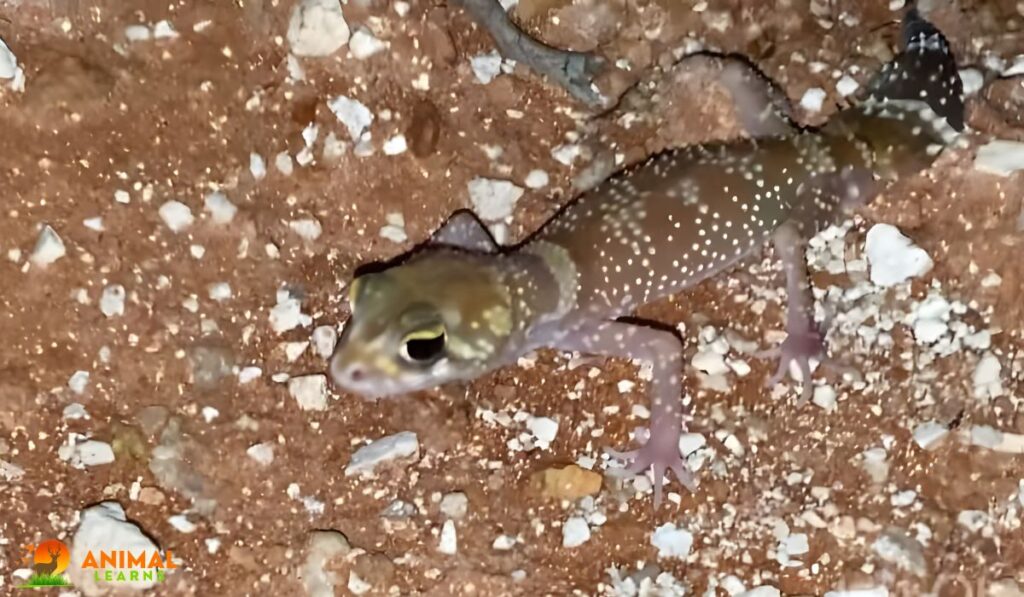
Depending on the species, many gecko reproductive techniques exist. Numerous geckos engage in a courting ritual, and some females may retain sperm or remain gravid for an extended period of time prior to depositing their eggs. Occasionally, if a female is held upside down and her abdominal skin is almost translucent, one may see the egg inside of her.
The majority of female geckos deposit one or two eggs at once. They are hard, which sets them apart from the majority of other lizards’ eggs yet aids in moisture retention.
The female lays her eggs in a dip in the ground, which she subsequently covers with leaves. The amount of parental care that gecko hatchlings receive is limited, but as soon as they emerge from the egg, they are on their own and hunt.
Australian Gecko Pets
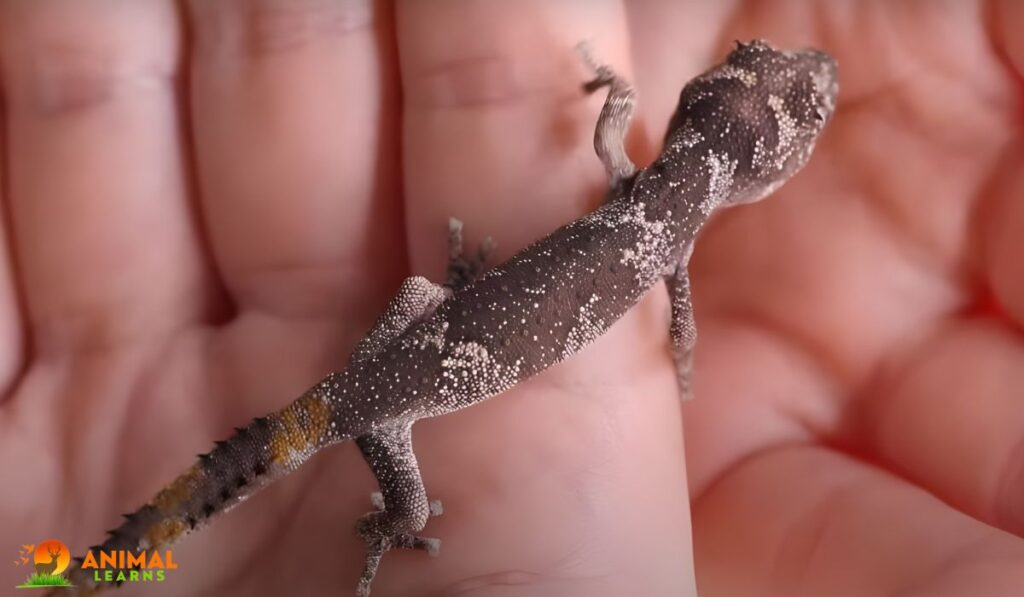
- The Crested Gecko is a species of gecko distinguished by its distinctive crests, which are available in an array of hues and designs. They don’t need a lot of room and are often easy to maintain.
- Leopard geckos: Even though they are not indigenous to Australia, leopard geckos are frequently kept as pets because of their lovely patterns and placid disposition. They require little upkeep as well.
- Knob-tailed Gecko: Distinguished by their stunning appearance, these geckos have unique tails that resemble knobs. For seasoned reptile keepers, they may be gratifying pets, although they do require a little more specialized care than some other species.
- Australian Barking Gecko: These geckos are well-known for their vocalizations, which include barking noises, as their name implies. They may be housed in smaller cages since they are smaller than some other species.
Population of Australian Gecko
The most prevalent kind of lizard on the continent is the Australian gecko. Many of them are classified by the IUCN as least concern, and in fact, the non-native common house gecko may be considered an invasive species. Particularly aggressive, this cute little pink gecko may easily outcompete local species.
FAQs
What is an Australian Gecko?
Australian Geckos are small to medium-sized lizards found across Australia, known for their adhesive toe pads and nocturnal habits.
What do Australian Geckos eat?
They primarily feed on insects, spiders, and other small invertebrates.
Are Australian Geckos venomous?
No, Australian Geckos are not venomous. They rely on their agility and camouflage for defense.
How do Australian Geckos reproduce?
They typically lay eggs, though a few species give birth to live young. Mating usually occurs during warmer months.
Are Australian Geckos good pets?
Some species make suitable pets for reptile enthusiasts. However, proper research and care are essential to ensure their well-being in captivity.


